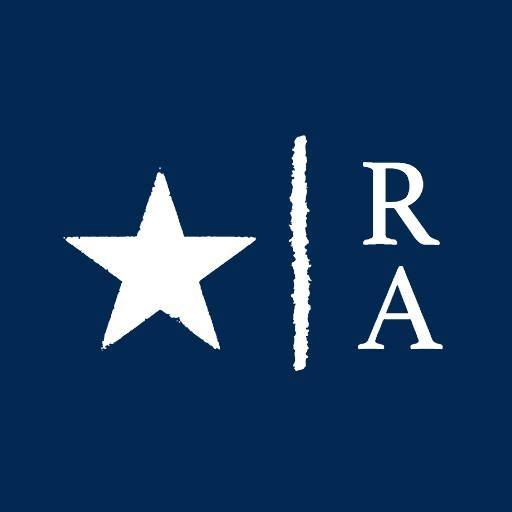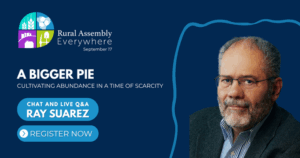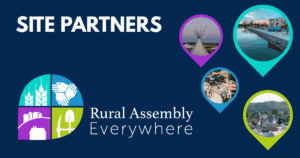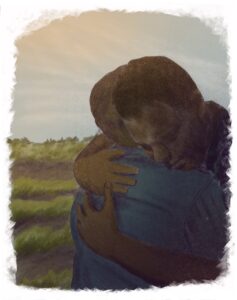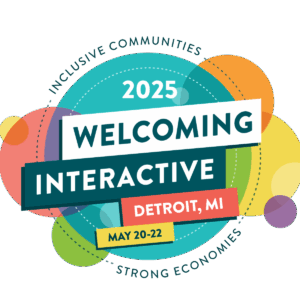
Drawing Resilience: Maureen Hearty
Illustrations and interview by Nhatt Nichols
Maureen Hearty transforms objects, space, and community, seeing art as a tool for action, education, and opportunity. The majority of her community-based work today is on the eastern plains of Colorado, considered one of the most sparsely populated areas in the United States. In Joes, Colorado (pop. 78), she is activating space using art, music, and the collection of story. In 2020, Maureen and her friend Kristin Stoltz were awarded an NEA grant for a project titled “Arts for a Prairie Seas: Farming Fluxus.”
Maureen and Kristin founded the Prairie Sea Projects to preserve and encourage creative expression in the Colorado High Plains centered in and around Joes where Kristin’s family owned the roadside motel. Since 2016, they have built award-winning projects examining the future for modified rural ecologies and social interchanges in a region with little to no resources, working closely with a group of regional advisors, schools, businesses and organizations. The group, they explain on the Prairie Sea Projects website “offers forthright rural perspectives on health, education, agriculture and community development, helping to set benchmarks and goals that will consider more fully the identities of the recipients of each art experience. Together they acknowledge, identify and meet to eliminate the barriers of distance, divergent views and power structures.”
Nhatt: What made you want to invest time in Joes?
Maureen: My whole life has been oriented towards community building and creating connection. In the Front Range, it was through organized nonprofits. Then we moved to Joe’s because that was where my husband is from. So it was like, well, where do I fit in out here? There’s not any nonprofits or arts organizations.
I met the board president for the community center, and she expressed her dream of building a park, but she just didn’t feel like she had a lot of support. I started hunting for grants and things unrolled from there.
Nhatt: That park is now a big resource in Joes as a place where people can gather.
Maureen: Part of the vision was the idea of third places. There’s the school that brings in people for basketball games, and churches. I didn’t have direct engagement to either because I don’t have kids, so this was a real need for another place to gather. The community center provides that, but it has limited hours just because of budgeting and staffing issues.
We created a place that could always exist as a place for community members and travelers because Highway 36 has very limited resources. There’s no gas stations, grocery stores, or places to stop. Inviting people to stop marks where they are, otherwise, you won’t see these little towns. You just fly by them. To invite people to stop and to spend time, and the signage around the trail was to give people a sense of history and place about the ecology and people who live here.
Nhatt: Is that where the beginnings of the prairie sea project started?
Maureen: Exactly. I had this initial vision of making a sculpture park because I’m a sculptress; I want sculptures everywhere. I got to know the community better, and nobody cared about putting sculptures out there that weren’t connected to the community.
So, you shift gears and go where the community wants to go. But through this whole process, I saw there was interest in music. So, my husband and I started a monthly music night at the community center, an invitation for local musicians to come and play music together. It was very low-cost because the community center let us use the place for free and potlucks because they love potlucks in Joes. That monthly event lasted six years. It was, it was incredibly successful, then COVID shut that down. That’s when we built the Prairie Sea projects.
Nhatt: You talk about COVID killing these kinds of events. Was Joe’s in a slightly better place for mutual aid during COVID because of all the community building?
Maureen: COVID was hard on Joes, it created division because of the different levels of concern. We tried to do the Music Nights outside and do social distancing, but that wasn’t supported. People wanted to go back inside. So it created a lot of division.
So it was a break from the success I had with community building; it was tough to be like, how do we take the momentum we have and move forward with still this idea of creating bridges and connections?
Nhatt: Did you find a way?
Maureen: That time actually created space to rethink the direction, and that’s when I became more focused and concerned around ecology.
Initially, the work was about third places, connection, and culture. Then, that became a little more specific because there was such disruption with COVID. What’s going to happen when the water runs up? What’s going to happen when our whole reality of agriculture, which is our main economic reality, starts to completely change?
We need to create a space to have conversations for us all to come together in a safe space to celebrate the beauty of where we live, the grasslands and the high plains, and gently lead conversations around climate change as a community.
The one thing we could all agree on was water, so let’s bring in people and have a potluck because that’s a joyful space and build a beautiful outdoor space that highlights our micro-climate. A grassland and meadow that celebrates the habitat of pollinators, birds, and humans all coming together to be in a space to think about change. The work becomes getting people to accept the invitation.
Get this and other rural content in your inbox with the Rural Assembly newsletter.
